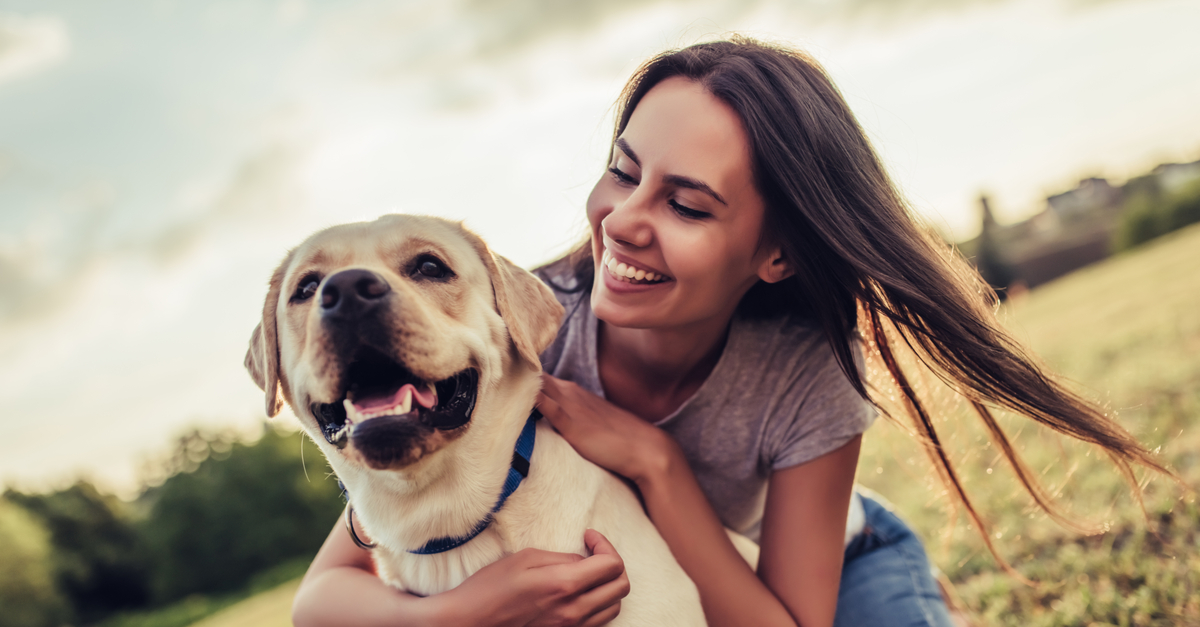Being the guardian of dogs is a tremendous responsibility. Dogs have wants and needs that don’t always correspond to what people tend to think of as socially appropriate behavior in the neighborhood. As a dog trainer, here are five of my best tips to support your dog being a good neighbor:
Leash Up
The first rule of being a good canine neighbor is that unless your dog is behind a secure fence your dog must be on a leash, no matter how friendly or well-trained he might be. Leashing your dog shows neighbors that you respect them and the neighborhood. It also means he won’t be at risk of: getting into a fight/being injured by a leashed dog who isn’t comfortable being greeted by a strange dog approaching; getting hit by a car; being spooked; chasing wildlife (like squirrels); or running off and getting lost. Leashes are for everyone’s safety.
Scoop the Poop
It should go without saying that when out on a walk with your dog you need to scoop the poop. Not cleaning up after your dog is one of the easiest ways for dog guardians to get a bad reputation in the neighborhood. Carry bags any time you and your dog leave the house and use them. Also be considerate of where you and your dog walk in your neighborhood. Don’t allow her to walk through or pee in your neighbor’s flowerbeds. Instead, stick to the sidewalks and curbside unplanted grassy areas where available.
Get Trained
Trained dogs are happy dogs and make great neighbors. Training your dog is fun and a great way to build your relationship. Teaching your dog to politely engage with you instead of trying to approach people in your neighborhood is not only courteous but will help neighbors who feel nervous around dogs.
Dog training should never involve punishment. Instead, help your dog to understand what you want by using treats to reward your dog for offering behaviors that you like and want more of. If your dog tends to be overly excited when he sees neighbors, start by staying at a distance where your dog is able to be successful. Get his attention with a treat or a toy and reward him for looking at you. By doing this you are rewarding your dog by offering attention and helping your dog to make the positive association that when he sees the neighbors, he looks to you and gets a treat instead of straining at the end of his leash and barking.
Manage Greetings
Just like you wouldn’t run up to a stranger on the street and give them a big hug, don’t allow your dog to uninvitedly approach adult humans, children, or other dogs. If your neighbor asks to greet your dog and your dog enjoys meeting people, it’s totally fine to allow your dog to interact but always seek consent first. If your neighbors are greeting or playing with your dog, be sure they respect your dog’s boundaries by reminding people—especially kids—how to appropriately do so: no hovering, pulling tails, or roughhousing. Most of all, don’t put your dog into situations where she might be uncomfortable or get overwhelmed. If your dog doesn’t love meeting other dogs or people, that’s okay! Being a good neighbor doesn’t mean your dog has to engage with others—just politely say no and that your dog is shy if a neighbor asks to say hello.
Always Supervise
It’s estimated that two million pets are stolen each year when left unattended. It can be tempting to just leave your dog in your backyard, but supervision is always safer. Beyond the threat of dognapping, dogs who are left alone in the yard are likely to be bored and get themselves into trouble by digging, chewing on plants (many of which may be toxic), and barking a lot out of boredom, which is a good way to irritate all your neighbors. Not to mention, if a neighbor also has unsupervised dogs, fence fighting or dogs barking/lunging/chasing each other on either side of the fence is very common. This behavior is stressful to dogs and can lead to injuries. Instead, make time in the yard with your dog, playing and monitoring to ensure your dog potties before coming back inside.
At the end of the day, no matter how good of a neighbor you and your dog strive to be, there is probably going to be someone in the neighborhood who doesn’t like dogs, or worse, doesn’t like your dog. I currently have a neighbor who has issues with everyone on the block. Her issue with me is that she is offended that my dog poops in my yard, behind a privacy fence and that I scoop that poop daily. In a situation like this, no matter how well trained your dog is, no amount of politeness can change that. In these cases, I advise to be polite and not to engage. Focus instead on the positive relationships you and your dog have with your other neighbors, and on building a dog-welcoming neighborhood culture.
Follow Hashtags: #LocalSocialPro



 Charles Koenig
Charles Koenig 